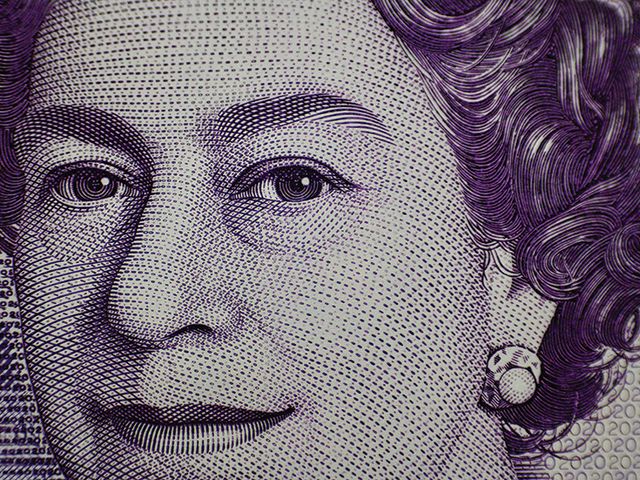The UK’s Anti-Money Laundering Guidelines have just been updated following their initial publication in February 2020. While grey areas linger, some of the added clarity and pragmatic simplifications offered (notably in relation to who falls into the "regulated art sector" and who should be doing "Know Your Customer" or "KYC" checks on whom) are to be welcomed.
Who is an intermediary?
The Money Laundering Regulations 2017 apply to Art Market Participants (or "AMPs") who are defined as traders or intermediaries in the sale or purchase of works of art valued at €10,000 or more.
The amended Guidelines now clarify that the, previously undefined, "intermediary" is "someone who, by way of business, actively transacts in the sale or purchase of works of art on behalf of a seller or buyer under whose authority they act".
Although the meaning of "actively transacts" is still left to interpretation, the Guidelines confirm that an intermediary could be an agent or an art dealer including an art gallery, auction house or an online sales platform that is conducting relevant activity by selling to UK customers, even if not physically present in the UK.
It is also clear that the following are not intermediaries:
- Framers, shippers, or a person just providing contact information, provided they do not actively participate in purchase/sale transactions.
- Introducers, unless they receive a financial value which directly relates to their active participation as an intermediary in the sale/purchase of awork of art.
- Artists selling their own work, whether as an individual/sole practitioner or through a business they own.
- Artists’ estates selling the work of a deceased artist.
- A person or entity who rents out art if the rental agreement provides for ownership of the artwork to pass to the renter at the end of a specified period.
Who KYCs whom?
AMPs are required to carry out "Know Your Customer" checks prior to concluding a transaction but, as is often the case in art transactions, multiple dealers and intermediaries may be involved in the sale of a work of art and there was confusion as to where responsibilities for KYC began and ended.
The consequence was unnecessary duplication of compliance work. Following months of consultation between the British Art Market Federation, HM Treasury and HMRC, the new Guidelines represent a pragmatic relaxation of the requirement for an AMP to look beyond the next AMP in the transaction chain. That is, by providing that "The customer of an AMP who is selling or acting as an intermediary in the sale or purchase of a work of art, will be whoever is paying the AMP for the artwork, or for services in relation to the transaction."
In other words, the AMP must carry out customer due diligence on the person or entity who is paying them. Extremely helpful illustrations are now included in the Guidelines setting out how this will work in a variety of situations.
As always, there are nuances to the splitting out and sharing of the compliance burden. Despite the apparent relaxations, under the force of obligations under the Proceeds of Crime Act 2002 (POCA) and sanctions laws, a prudent AMP in a chain of transactors may be well advised on a risk-based approach, to look beyond the next AMP in the chain to ensure they do not unwittingly facilitate money laundering or breach sanctions.
To remove the reticence of AMPs to disclose the identity of their customers, the revised Guidelines make it clear that such data cannot be used for purposes other than the prevention of money laundering such as to achieve commercial or competitive gain. Insofar as possible, AMPs should create appropriate walls to avoid such data being misused.
• Rakhi Talwar is the founder of RTalwar Compliance, an independent compliance consultancy for art businesses and Martin Wilson is the chief General Counsel at Phillips and the author of Art Law and the Business of Art



